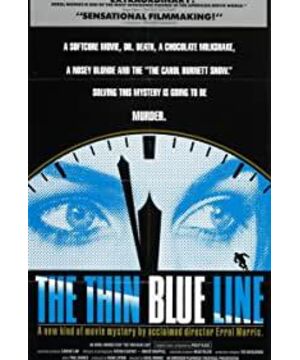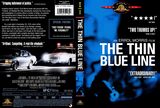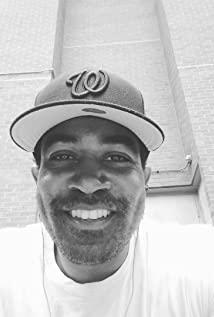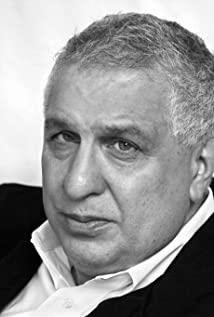Director Errol. Morris used a semi-documentary technique to reproduce the facts to track down an unjust case of killing a police officer, and successfully unearthed the truth of the incident. Let the wronged suspect get back innocence after eleven years in jail. This case occurred in Dallas, Texas in 1976. After a highway policeman intercepted a dark blue car, the driver of the car shot and killed. The police had no clue to solve the case. The 16-year-old habitual offender David accused Landau, a passer-by who had no criminal record, as a suspect, and even Landau was found guilty and sentenced to life imprisonment. However, eleven years later, David was sentenced to death for other crimes. He confessed to the film crew that Landau was innocent. This film re-judged the murder case ten years ago and pushed the case to the table. Many new questions have arisen from this, and these questions almost cover why the case was settled hastily, and even why such a misjudgment occurred. The film also explained to the audience one by one.
The event happened in the past. This is the biggest obstacle to filming. How to present the story of the past to the audience and ensure the characteristics of the documentary itself is really a big problem. This film gave me the biggest feeling about how to record the "real" and how to "record".
The concept of "direct film" adopts the principle of complete non-intervention. The shooting process, technique, and editing are not involved. High-density dramatic themes are selected, and all subjective intervention is rejected, allowing the camera to act as an observer to track and capture. "The Thin Blue Line" unravels the shortcomings of direct film. It is not enough to rely on a single reality to express the past reality, and its contemptuous human intervention is a good antidote.
The "illusory" strategy adopted by the new documentary film is different from the simple "re-enactment" of the usual documentary film, and it is also different from the "fictional" approach adopted by the traditional documentary film. "Thin Blue Line" uses a small amount of past historical data, and slowly drags out the entire story through the mouths of each participant, and then adds the corresponding reconstructed facts to reproduce the scene of the gunman shooting the police at the time, and gradually restore it. The original appearance of the story. This kind of fiction obviously violates "reality", but isn't creative reality also a realistic embodiment of the pursuit of reality?
At the end of the film, the little boy said: "He is guilty, because he let a homeless me stay on the street late at night instead of letting me stay." Indirectly conveyed that the defendant was wronged, which was a reversal.
I admire the postmodernist approach adopted in "Thin Blue Line" and the concept, content, and artistic presentation of the film.
View more about The Thin Blue Line reviews









